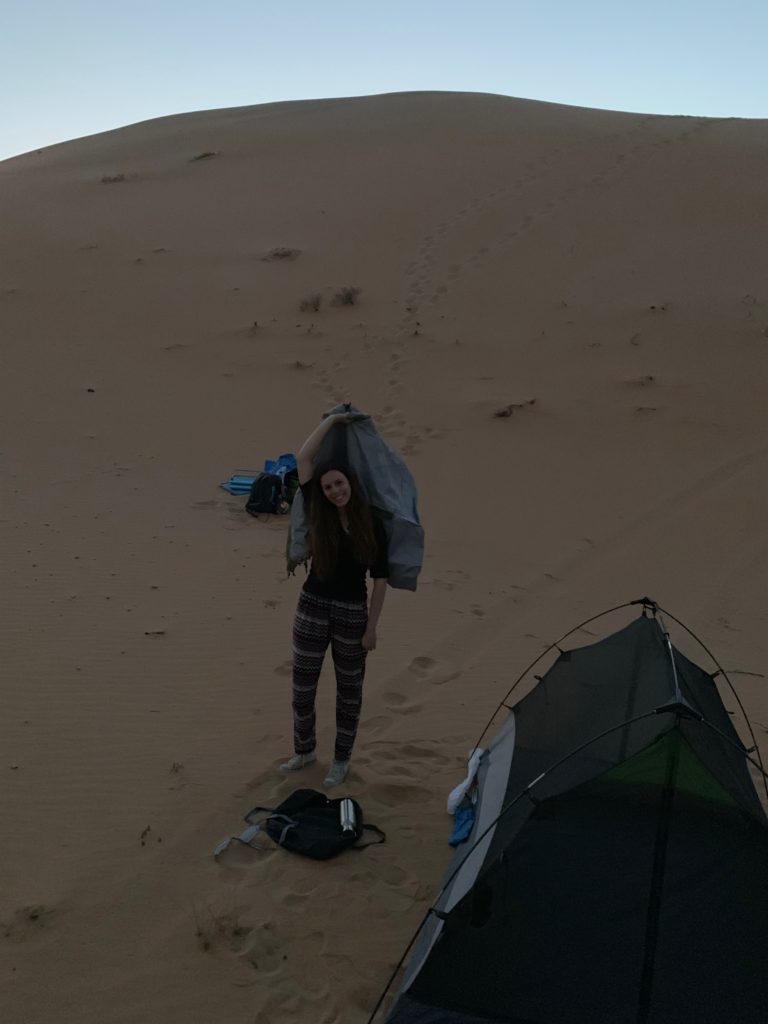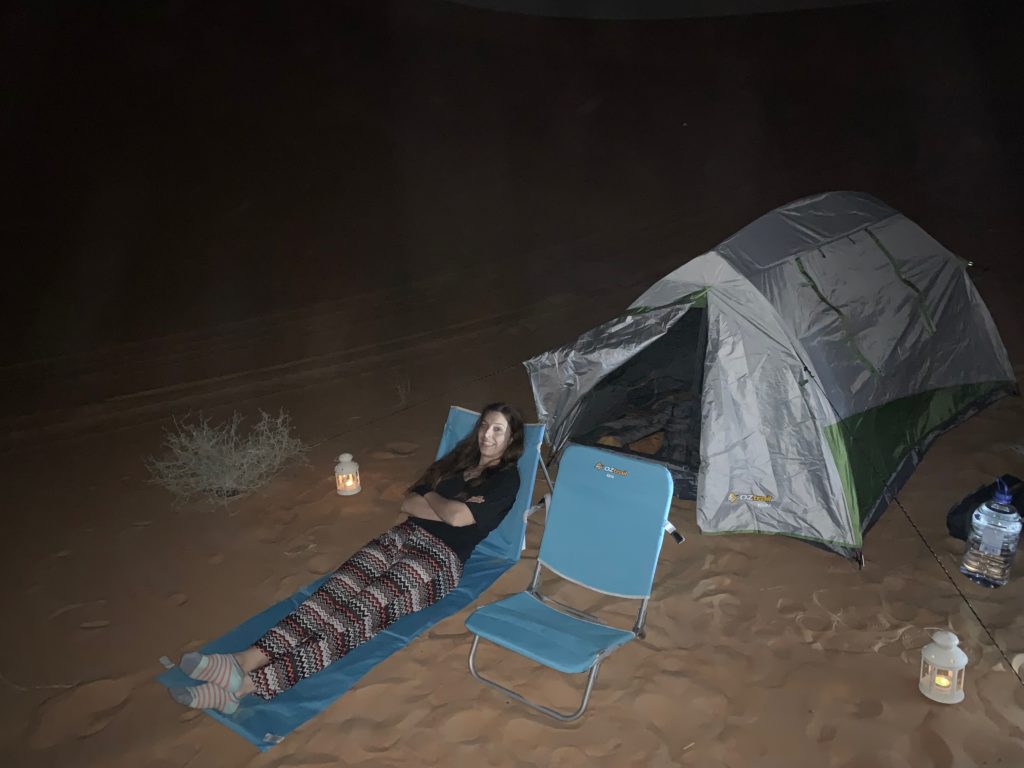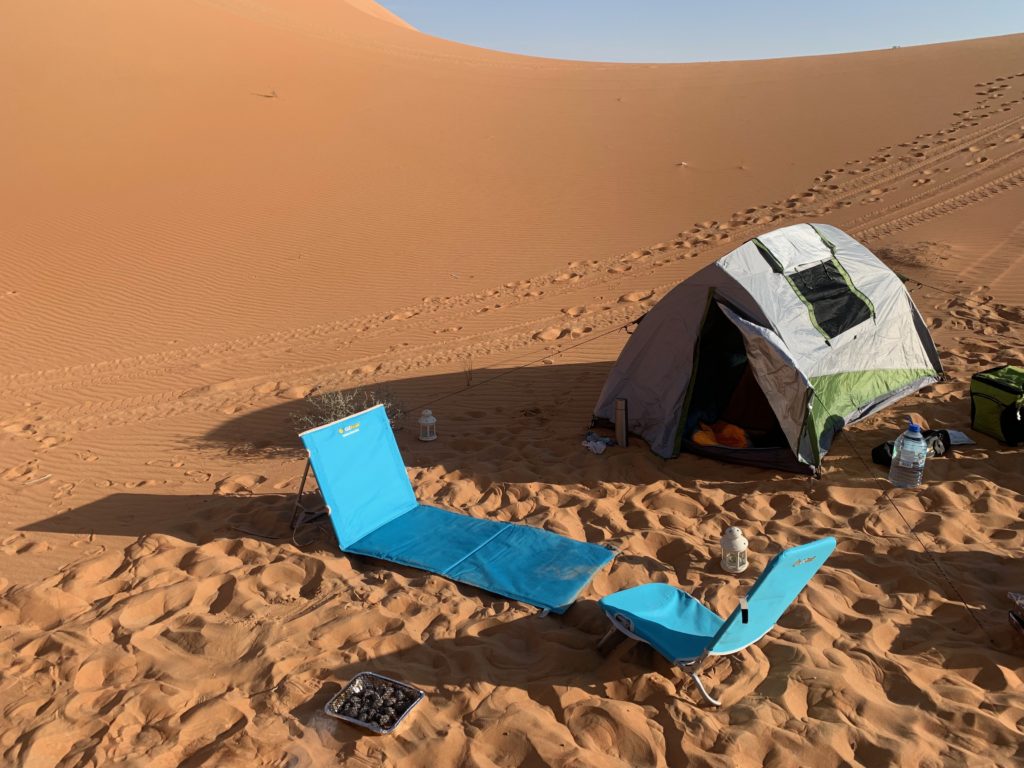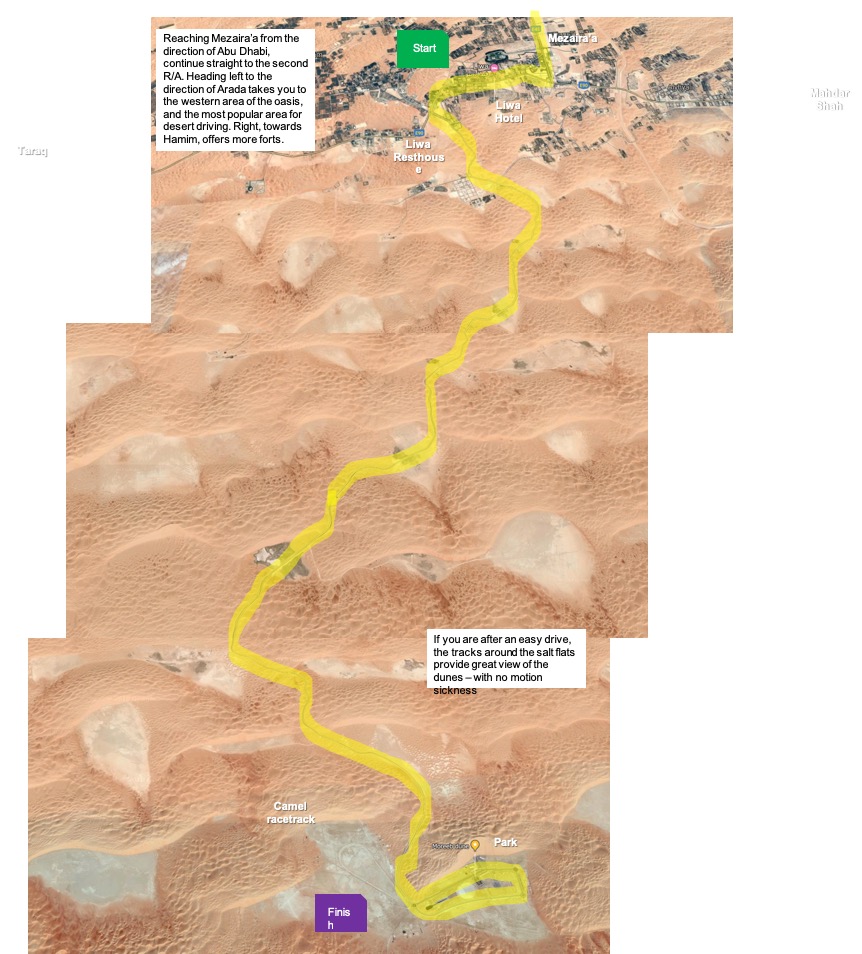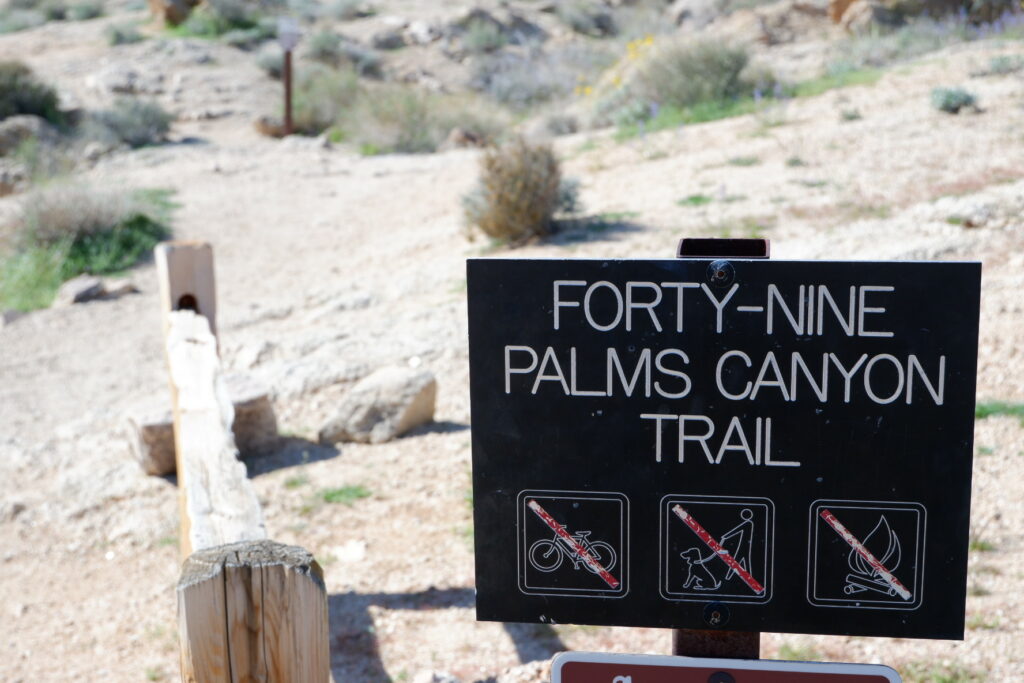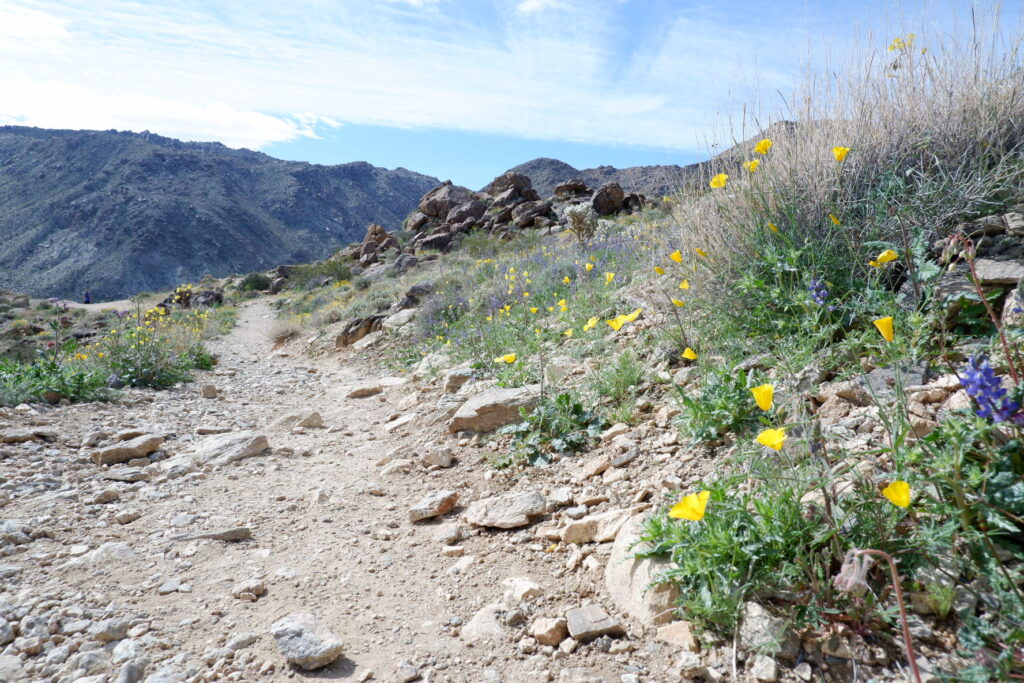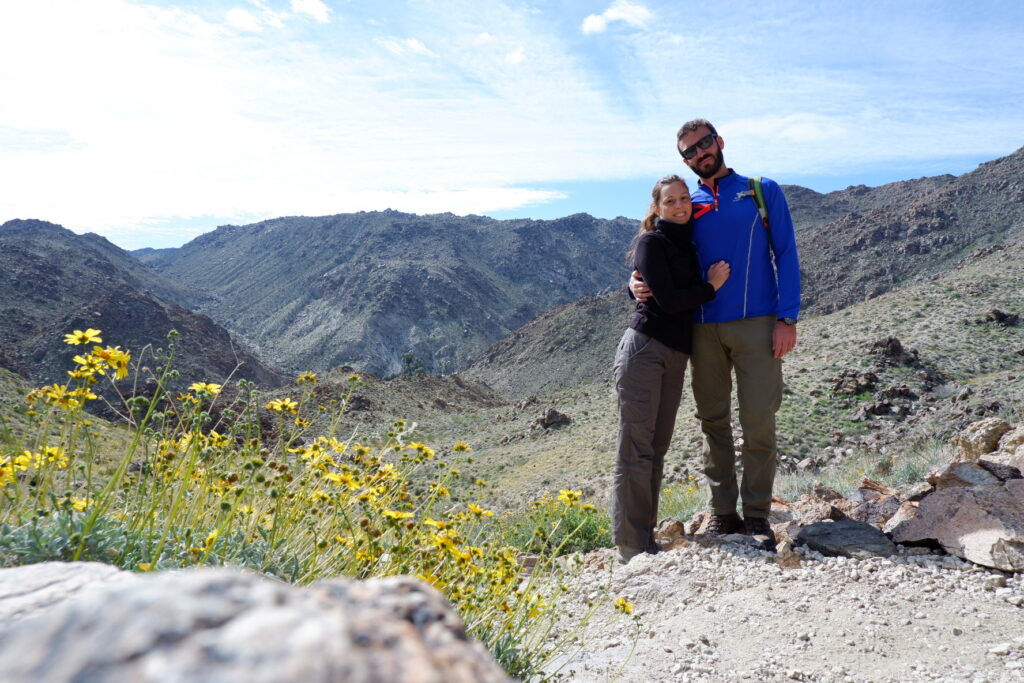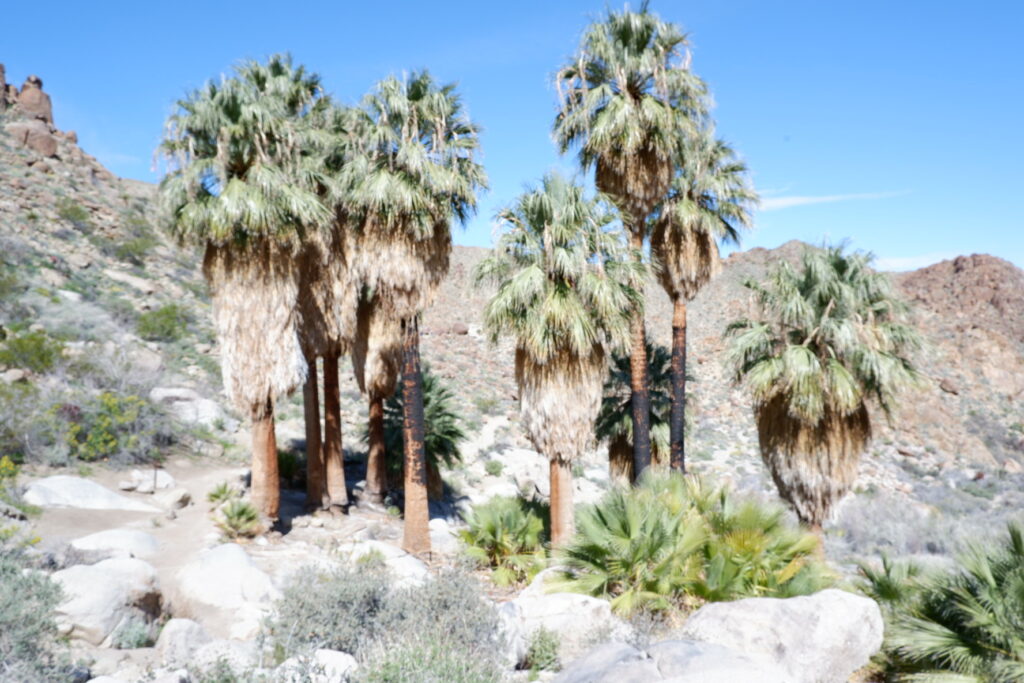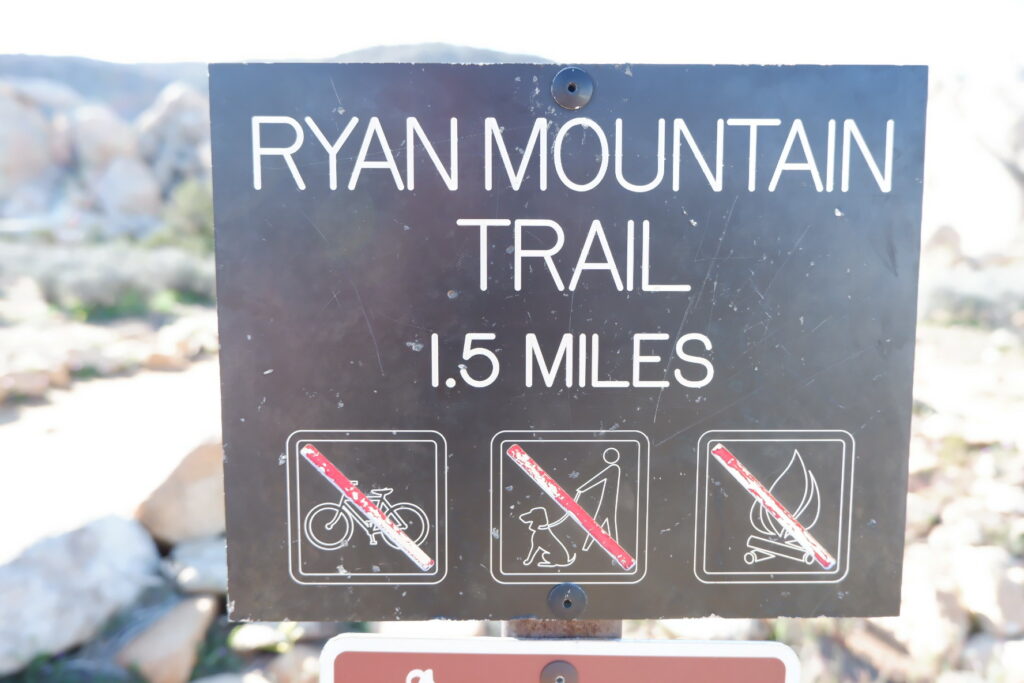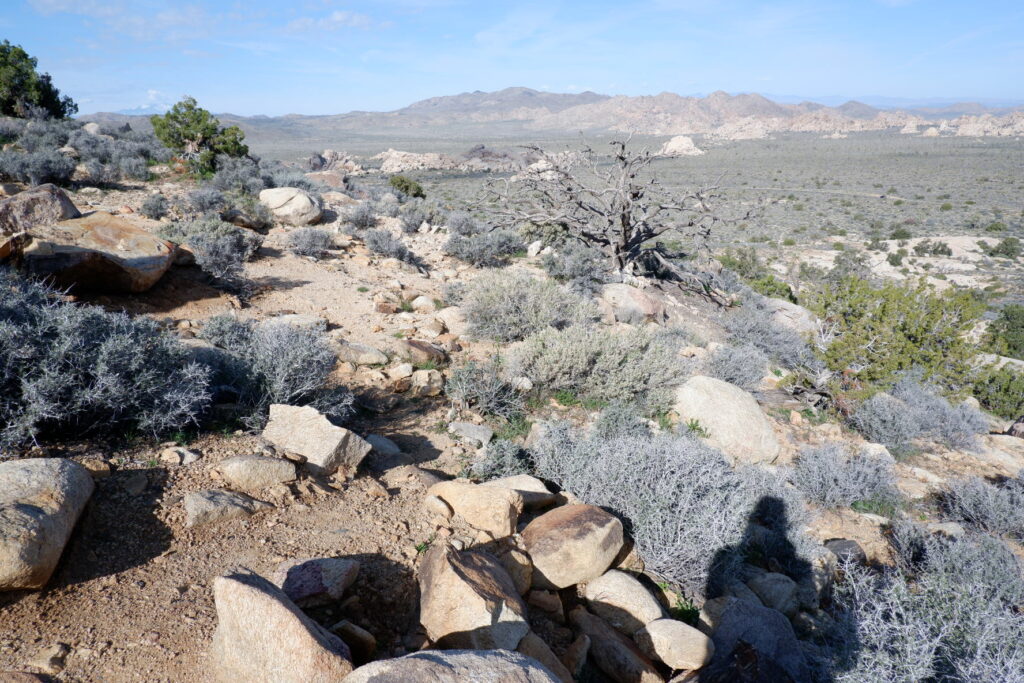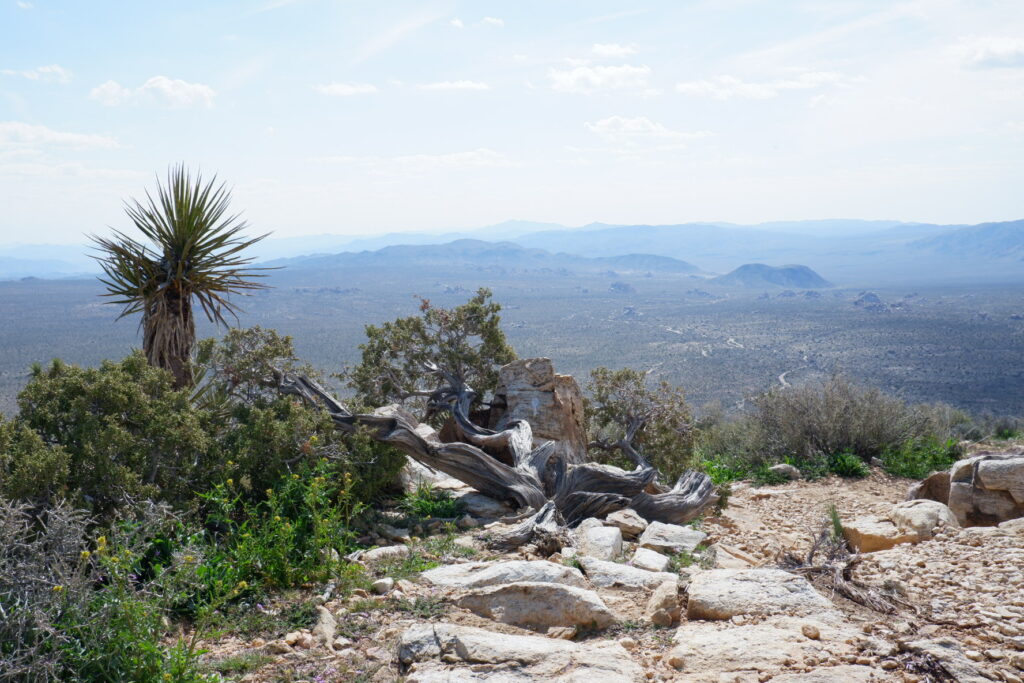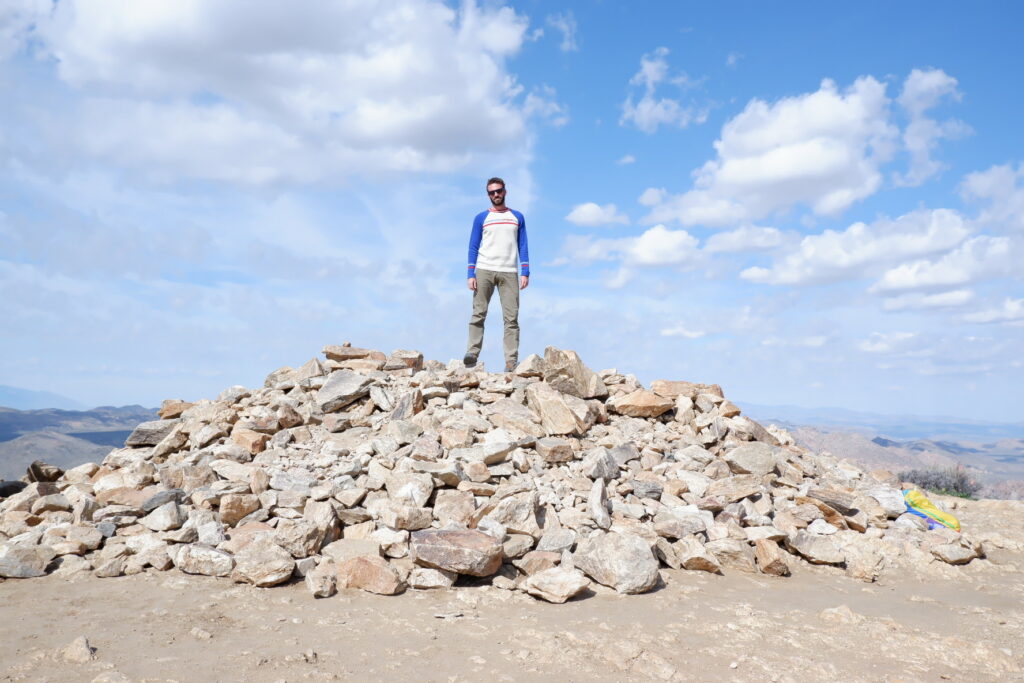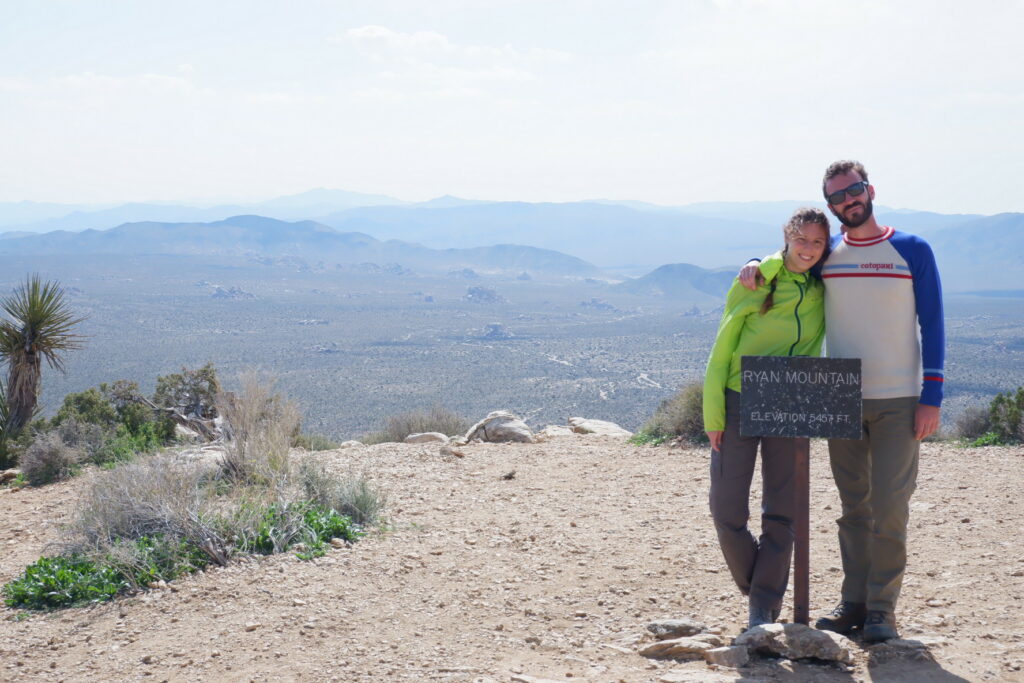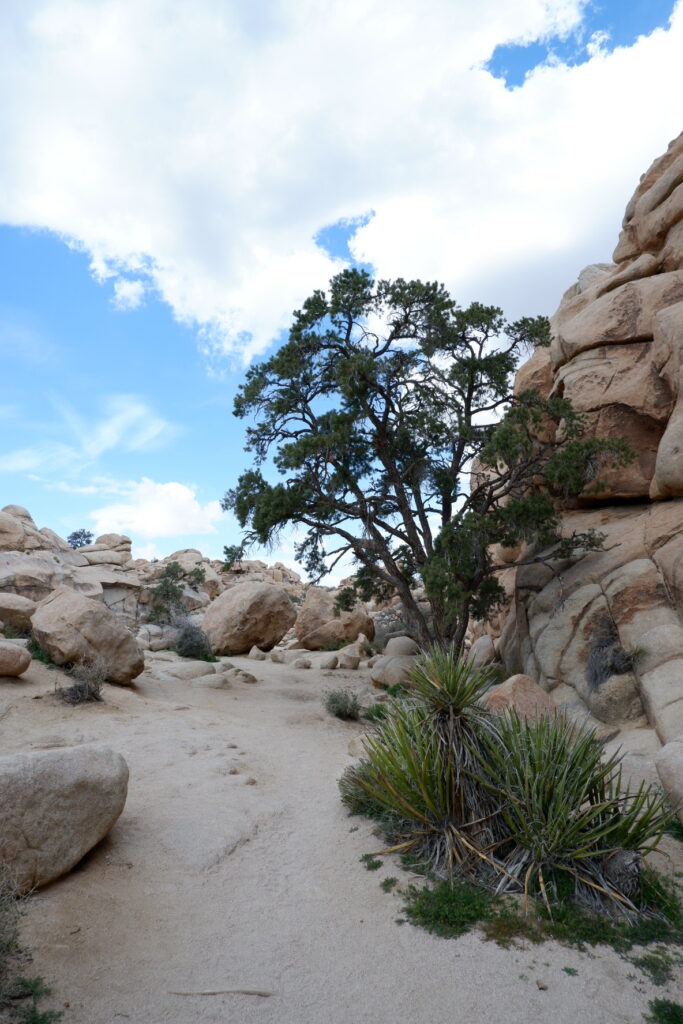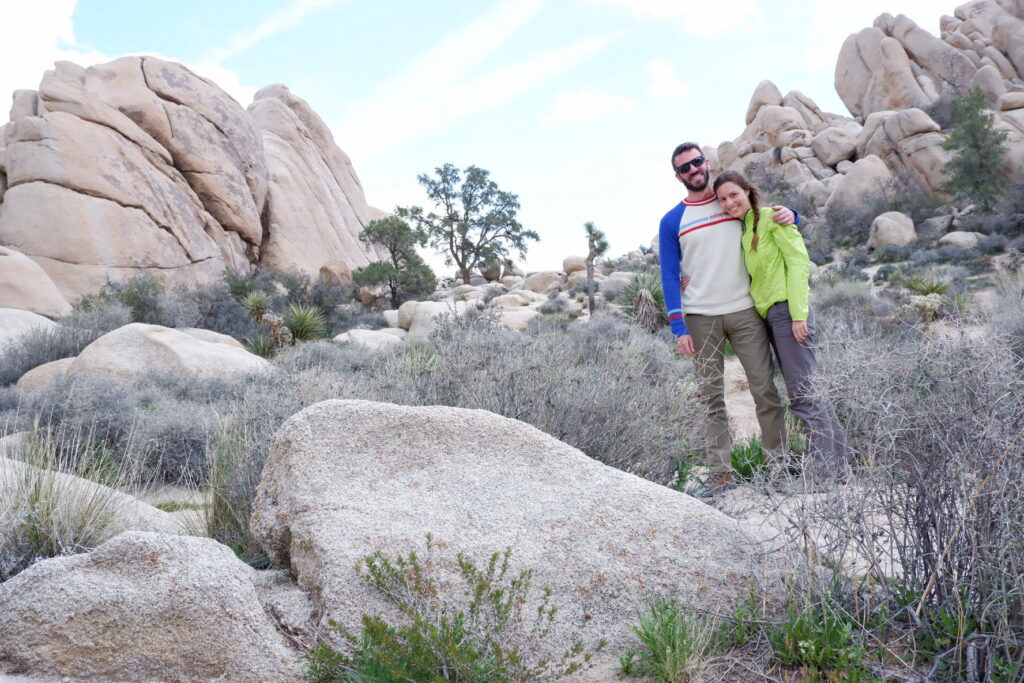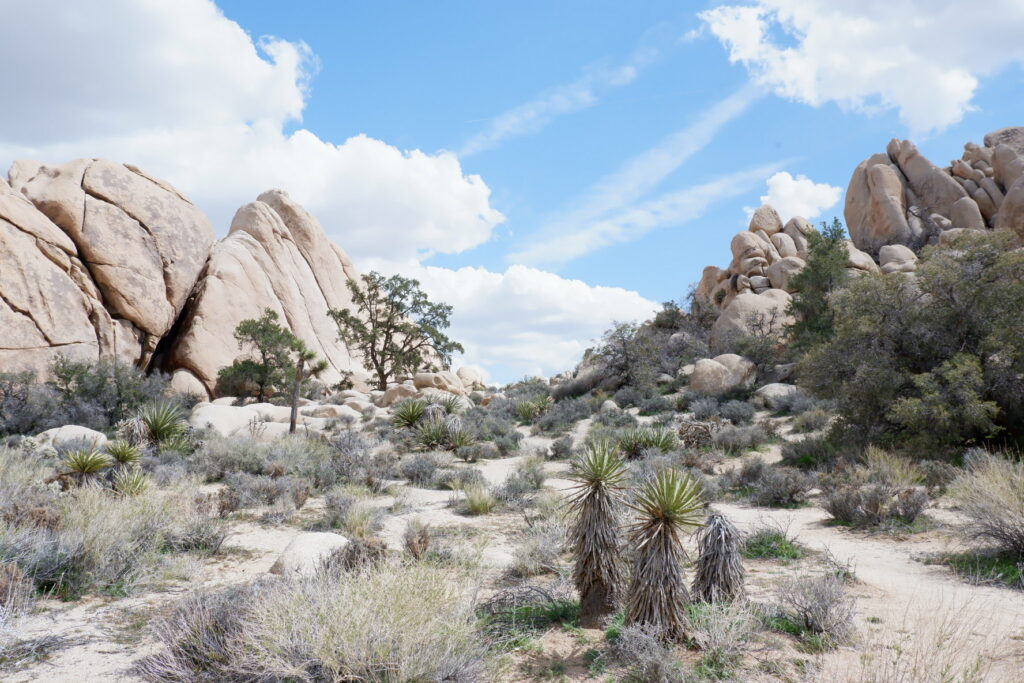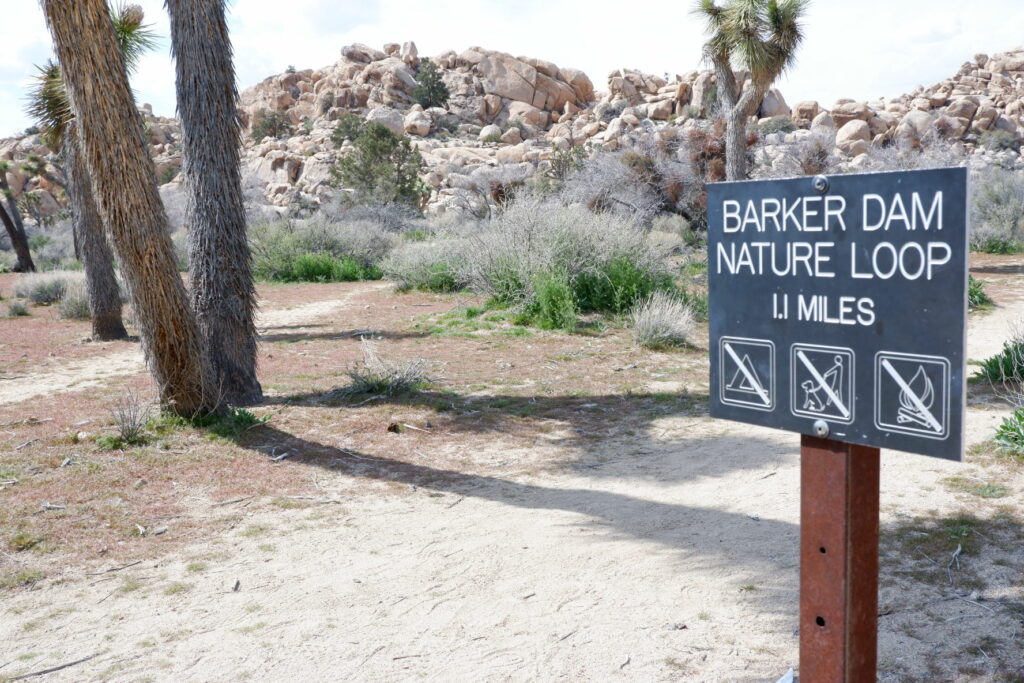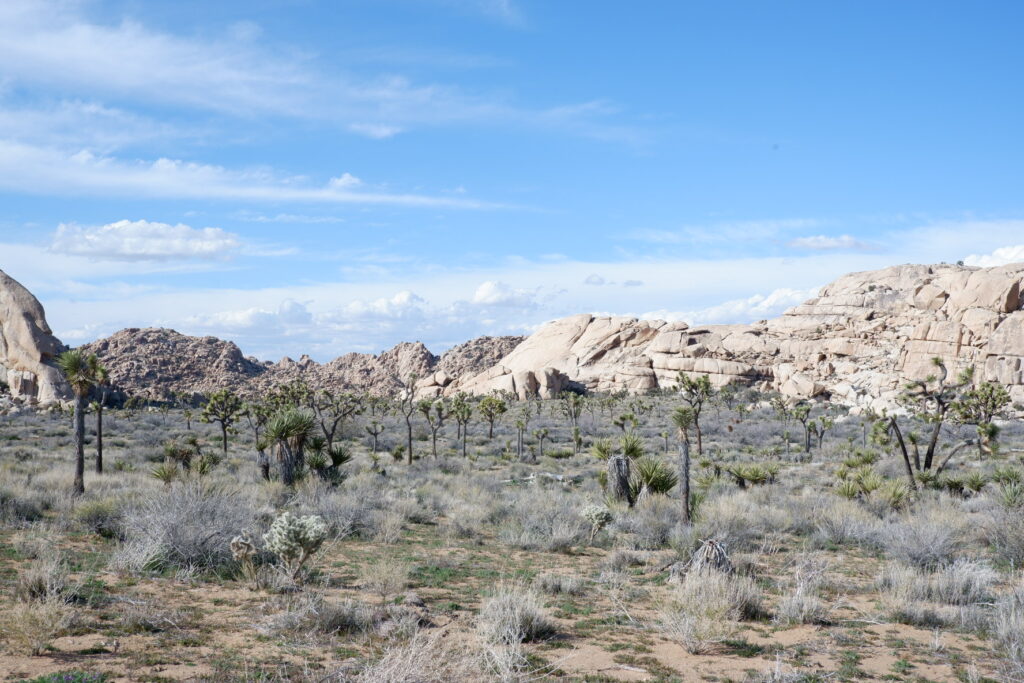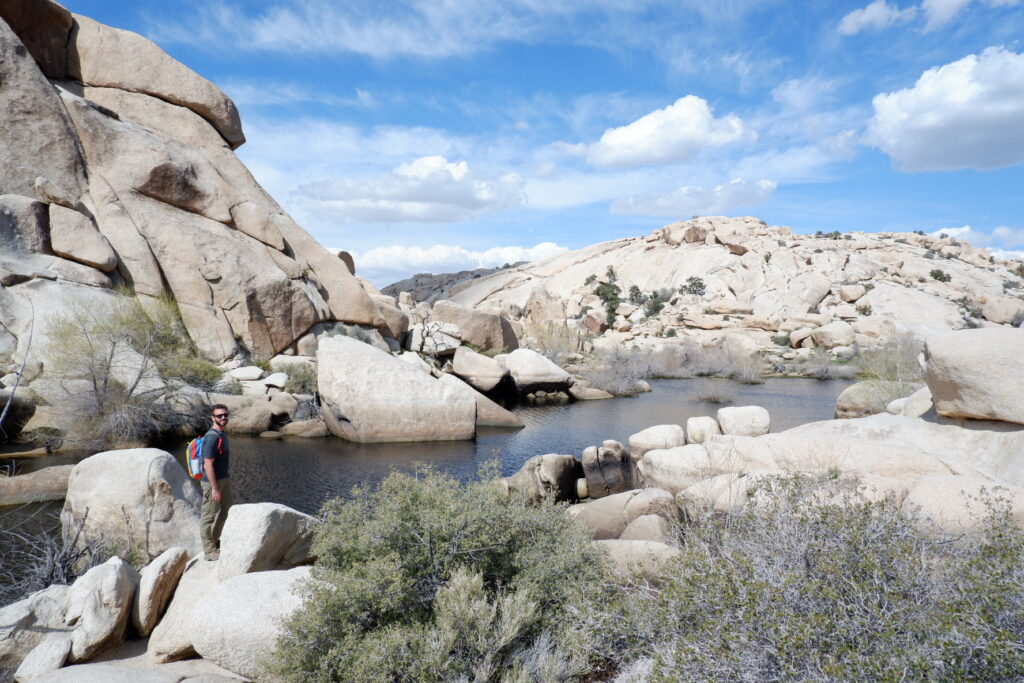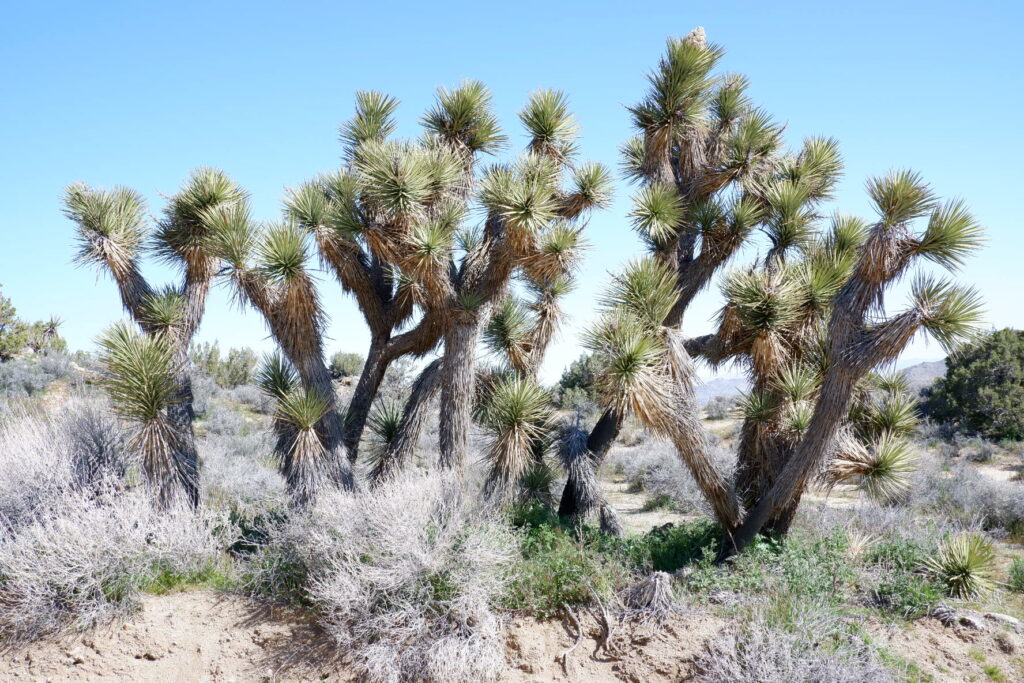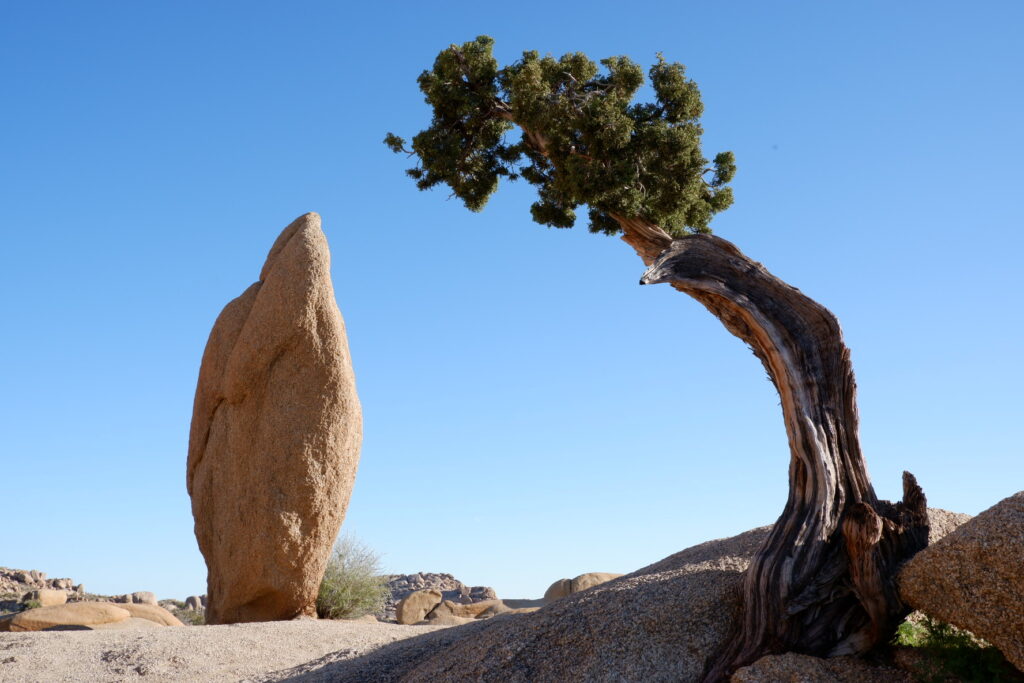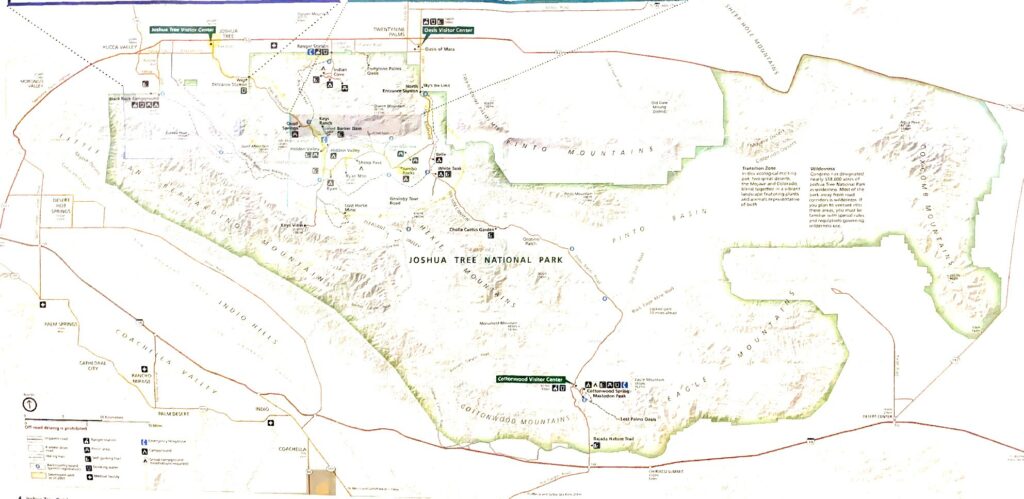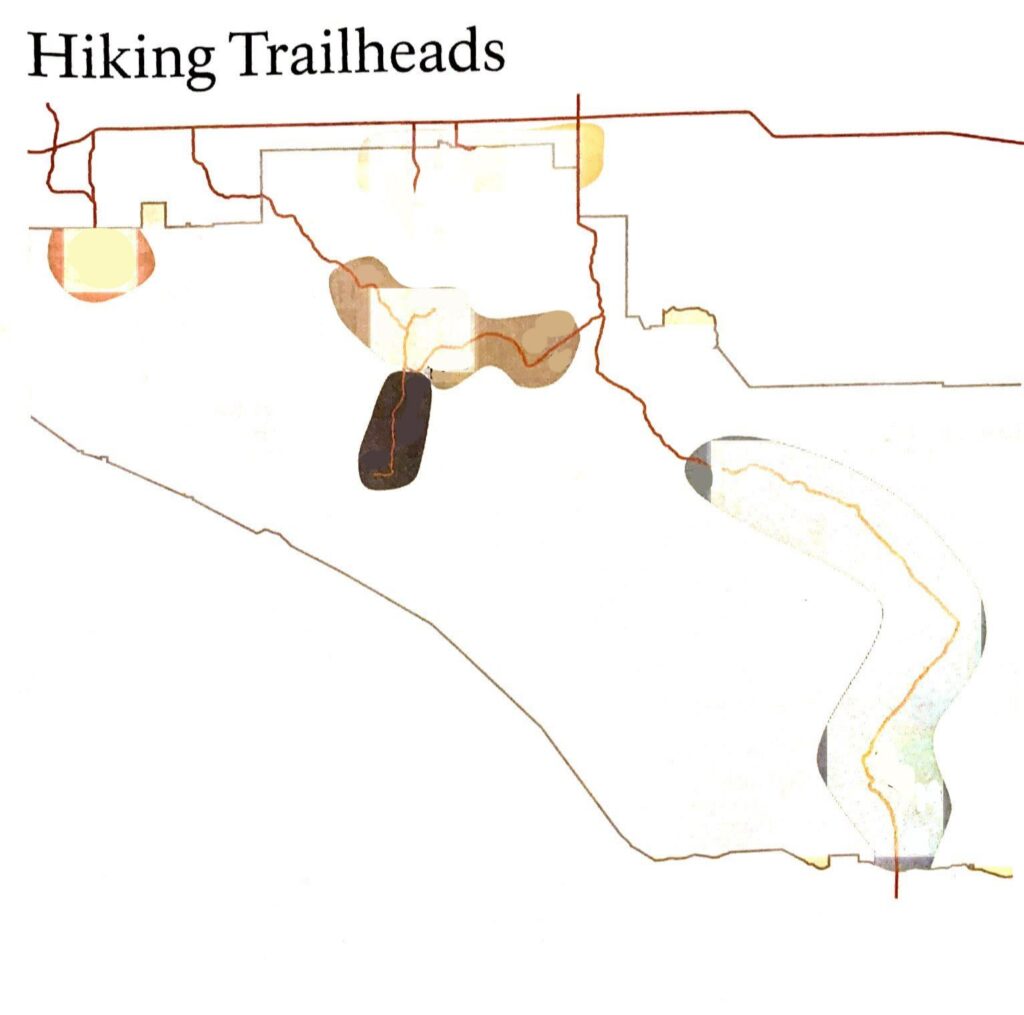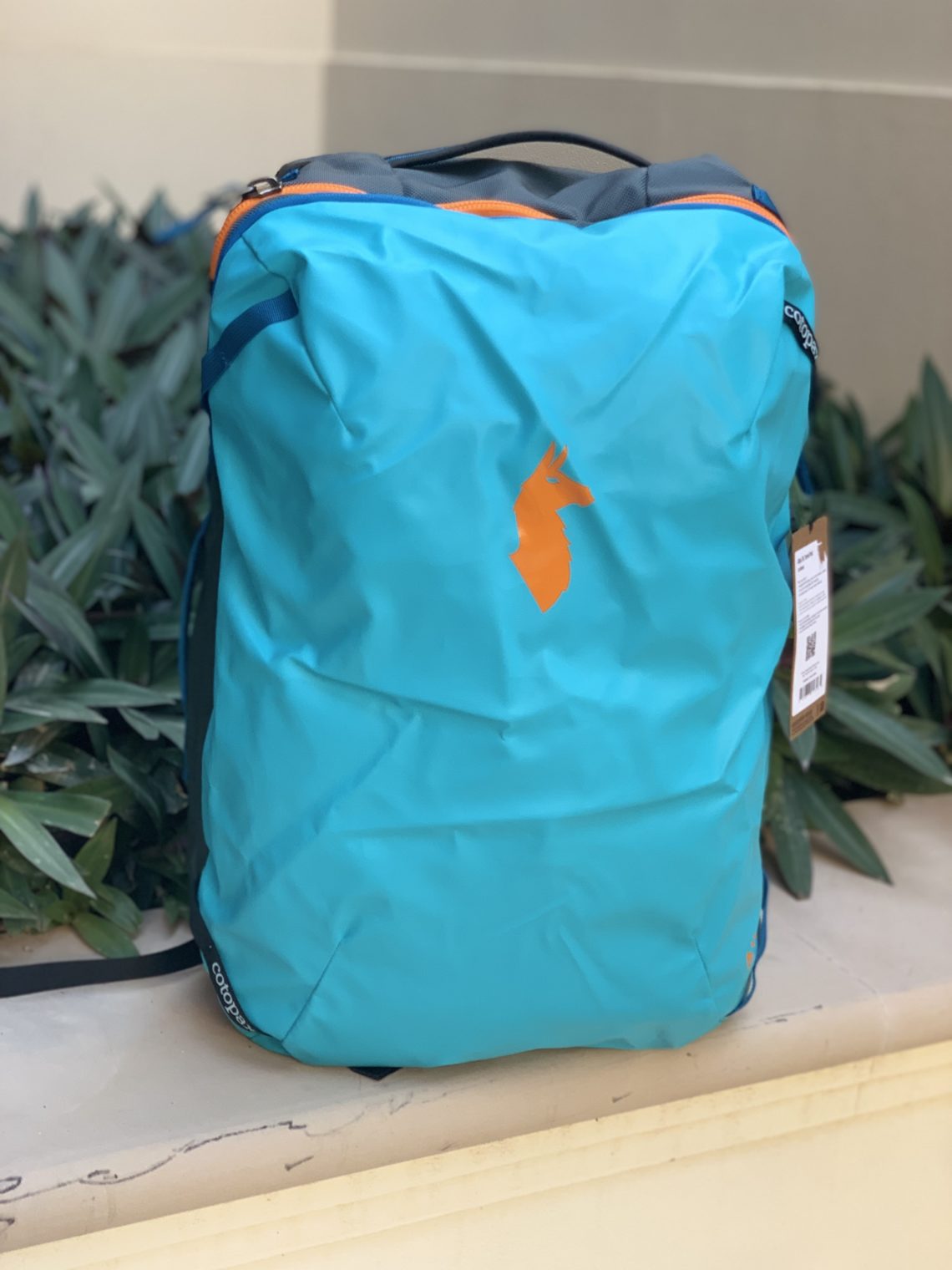Adventures
-
Liwa Oasis
-
49 Palms Canyon
-
Ryan Mountain – Hidden Valley – Barker Dam
-
Joshua Tree National Park
-
COTOPAXI BACKPACK REVIEW: MEET THE ALLPA 35L TRAVEL PACK
It’s official: My first Cotopaxi backpack has replaced my decade-old carry-on suitcase. You know, the kind of luggage that rolls not-so-gracefully over bumpy surfaces, won’t properly stand up because one of the feet is broken off, and is annoying to pack because of that metal bar in the bottom.
As wonderful as it felt to say goodbye to that old thing and embrace the functionality of a backpack-meets-suitcase “travel pack,” I needed something that I could use for longer trips–a durable backpack that would be versatile enough for international flights, road trips, and camping adventures.
Enter the Cotopaxi Allpa 35L Travel Pack. This is the stuff Type A dreams are made of, my friends.
I was pretty stoked when I learnt about Cotopaxi and I’ve quickly become obsessed with these Cotopaxi bags. The Allpa backpack was launched through an Indiegogo campaign, and Cotopaxi managed to smash their goal of $50K–raising over $1.3 million to kick off production. Crazy!
I’m excited to finally have my hands on one, and I’m excited to share my thoughts with you after having road tested it. In this Cotopaxi Allpa 35L review, I’m sharing a breakdown of the features, a sneak peek inside with my unboxing, what I like, and what I might change.
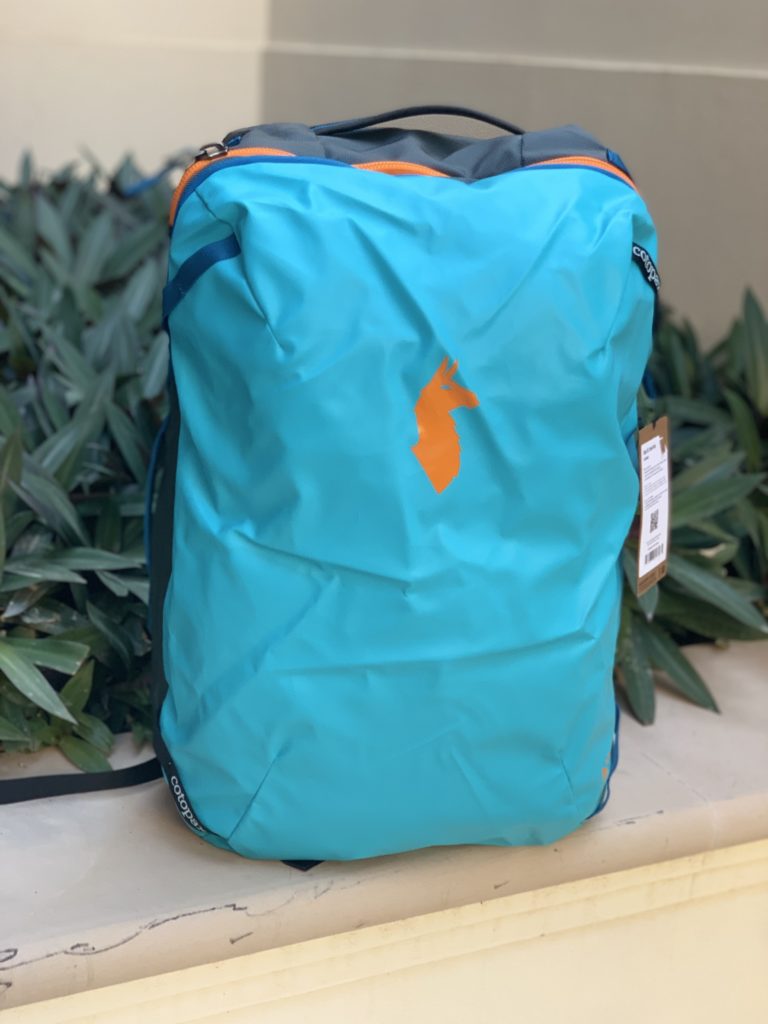
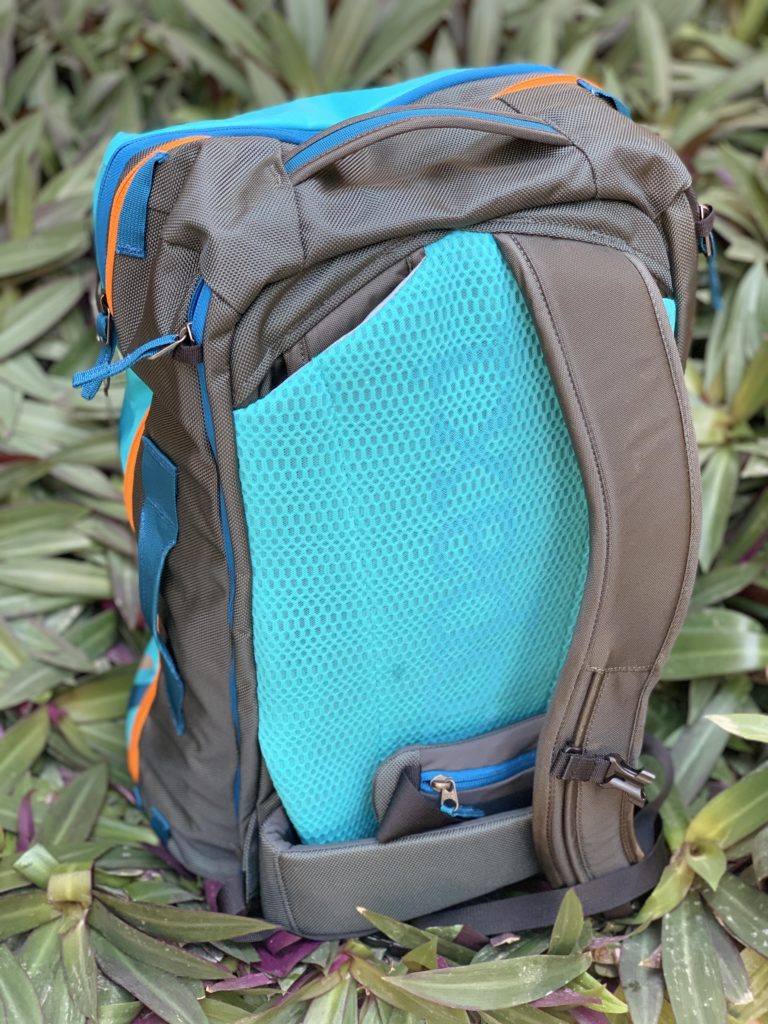
About Cotopaxi Gear
Cotopaxi goes beyond making great travel and adventure gear with their Gear for Good philosophy. In addition to funding sustainable poverty alleviation with a portion of their profits, they also ensure fairness, sustainability, and quality in every step of the manufacturing process.
The travel philosophy we embrace here in the GolbETrotters community aligns well with Cotopaxi’s core values:
- To get outside and see the world
- To inspire people to give back to others
This video gives a good background about how they got started and what they’re all about (and it makes me think we should all head to a cabin in the mountains every once in awhile).
Allpa 35L Travel Pack Features
Here’s a quick rundown of the Allpa 35L features:
- Weight-distributing, low-profile harness system
- Carry-on-compatible 35L capacity
- TPU-coated 1000D polyester
- 1680D ballistic nylon paneling
- Suitcase-style, full-wrap zipper opening on the main compartment
- Large zippered mesh compartment on the right side
- Subdivided zippered mesh compartment on the left side (makes my Type A heart swoon)
- Padded laptop and tablet sleeve
- Shortcut zipper to main compartment
- Top zippered pocket
- Security YKK zippers
- Carabiner lash loops
- Tuck-away straps
- 4 reinforced grab handles
- Included rain cover
There are also optional accessories you can purchase as a bundle:
- Collapsible mesh laundry bags
- Nylon shoe bag
- Mesh water bottle sleeve
- Batac Del Día Backpack
What I Love About the Allpa 35L
Okay…so let’s get to the good stuff already. What do I think of Cotopaxi’s Allpa pack? I have flown with it and I’ve taken it on a road trip and so far, I’m enjoying it.
The suitcase/backpack convertible design has me hooked! Here are the features I love:
Solid, sturdy design: The material is really durable and I know it’s ready for adventures. And…it’s not cat-hair-attracting–for the win! The zippers are hefty, too. Of course, time will be the test in terms of quality, but the build and quality feel rugged. Plus, Cotopaxi guarantees their products for 61 years (the average lifespan of a person living in the developing world), and they offer a replacement, repair, or exchange if anything goes wrong with the product.
Spacious: the main suitcase side is really roomy and deep, as is the front pocket (it’s DEEP). And it’s got compression straps to help you fit even more inside.
Theft-prevention zippers: I don’t know if that’s the official term for this zipper design, but that’s what I’m calling them. The laptop sleeve, main compartment, and back access have a loop that the zipper has to pass through, which helps prevent easy access.
Organized and convertible design: I love the organization factor with various zippered compartments. There’s a zippered access from the back of the pack that lets you get into one side of the main compartment without having to open the entire pack. This could come in handy as long as you packed intentionally… The convertible design that lets you carry it like a backpack OR a suitcase (with backpack straps that tuck away), and the fact that it’s not top-loading like a traditional backpack, make it really flexible and convenient.
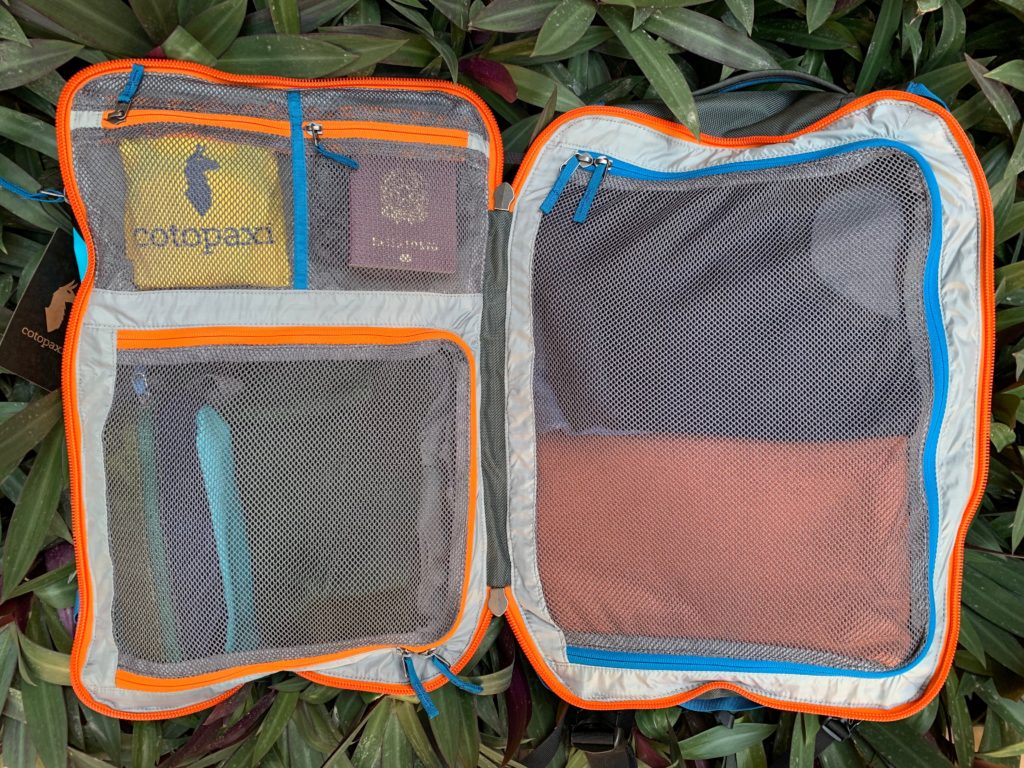
Extras: I love the accessories that you can get with it, especially the size of the Batac Del Día daypack. It’s such a perfect size for day trips and short adventures–I’ve even been using it to take to the gym while I’m home. The water bottle sleeve is really nice as well, and it comfortably fits my 32-ounce bottle. I’ve also found the shoe bag and mesh laundry bag to be handy (because I’m always searching around for plastic bags for this stuff, but trying to stop using them as much as possible).
Padded laptop and tablet sleeve: Always helpful when you need to minimize the number of bags you’re taking on a trip.
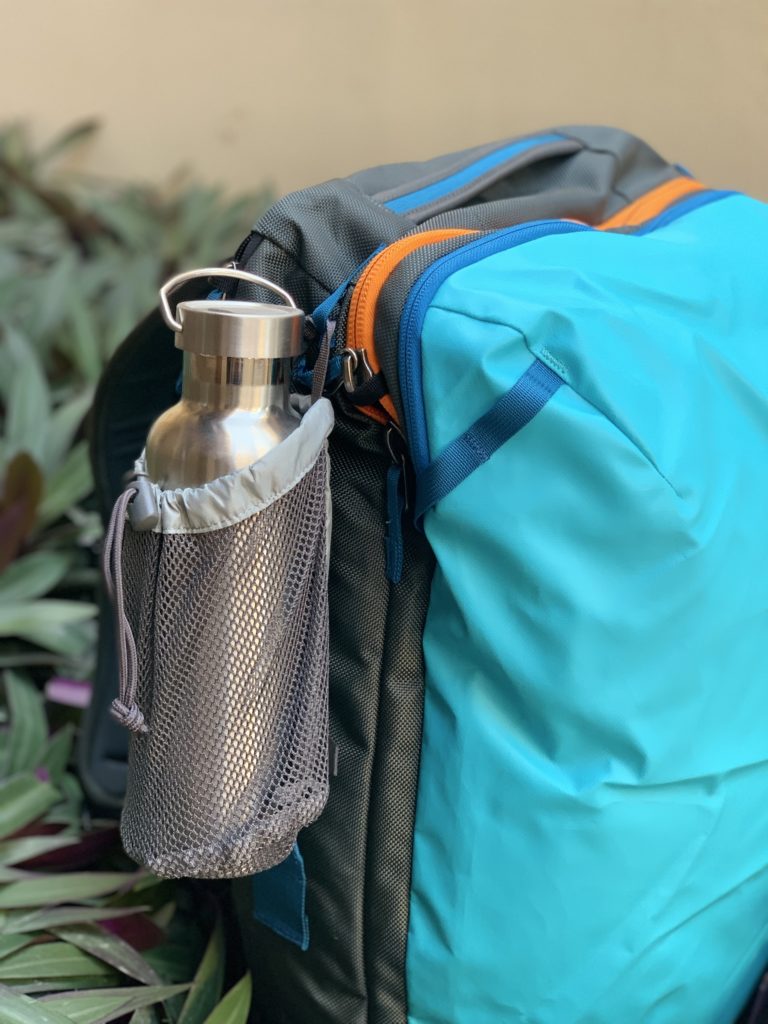
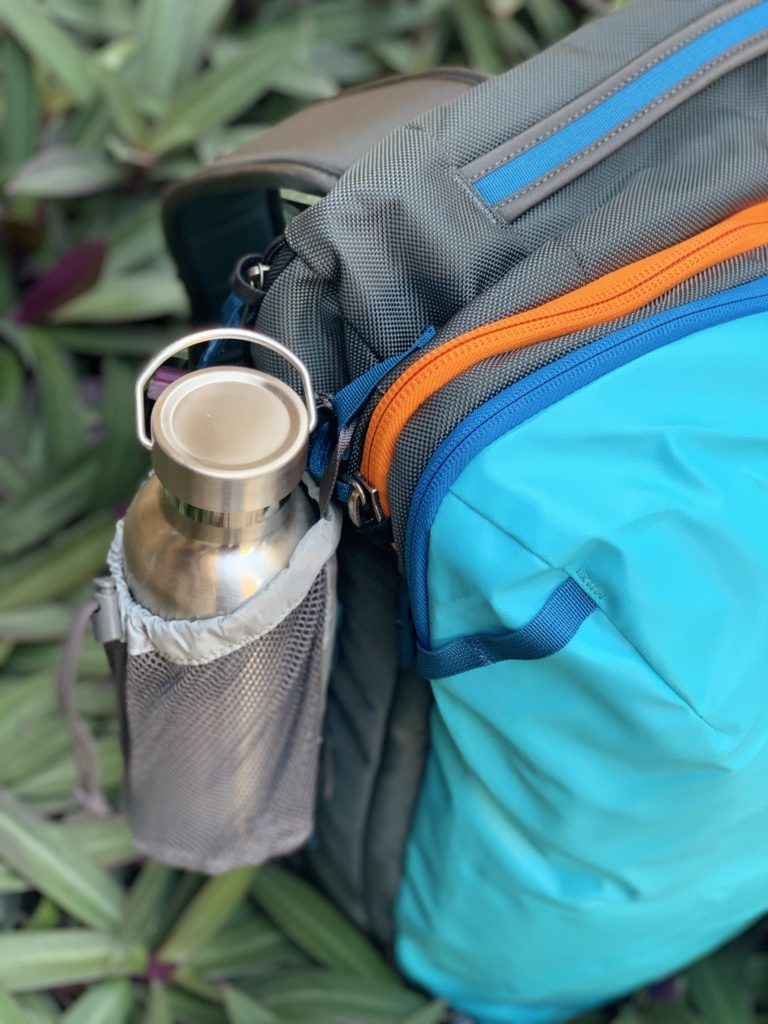
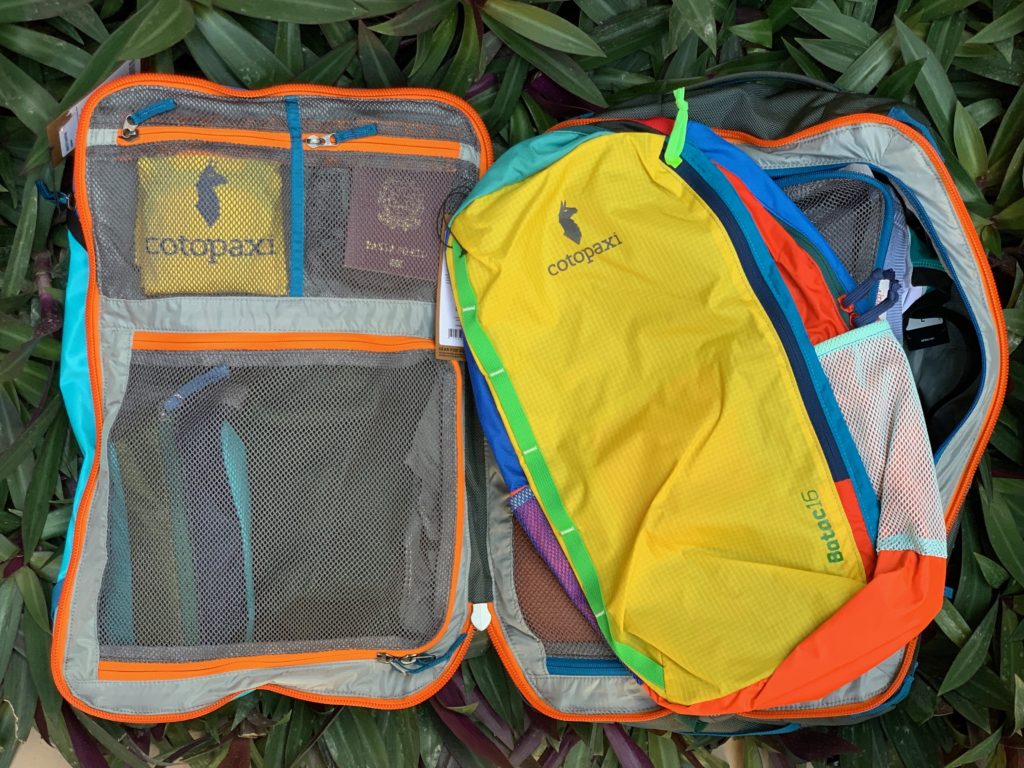
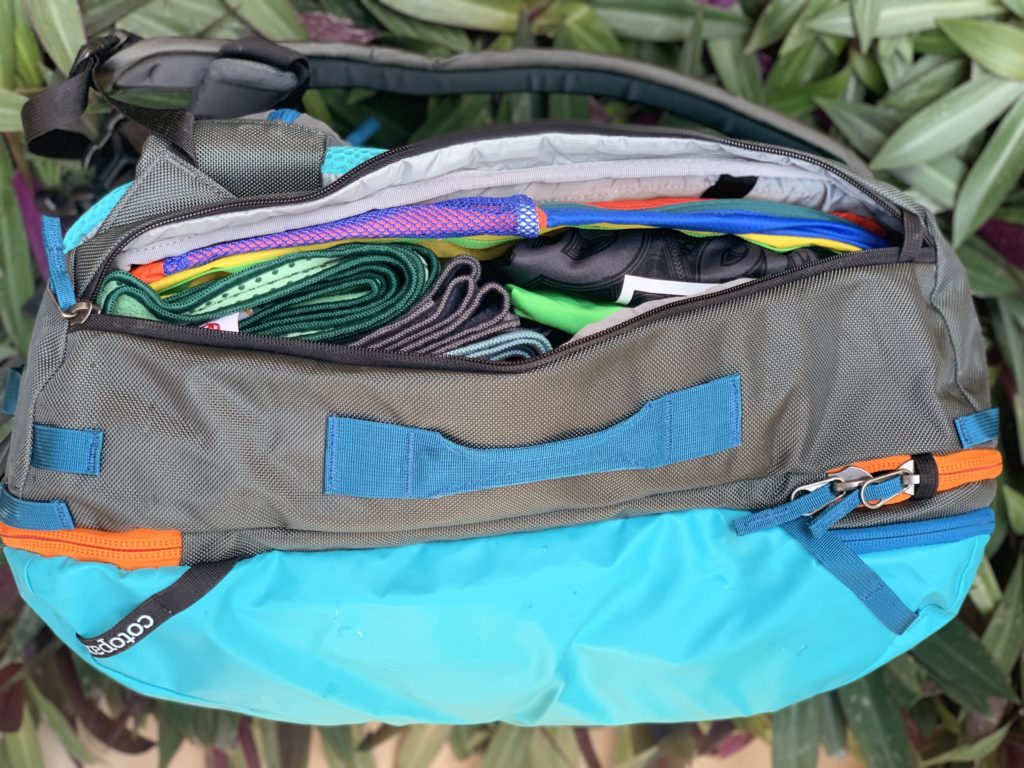
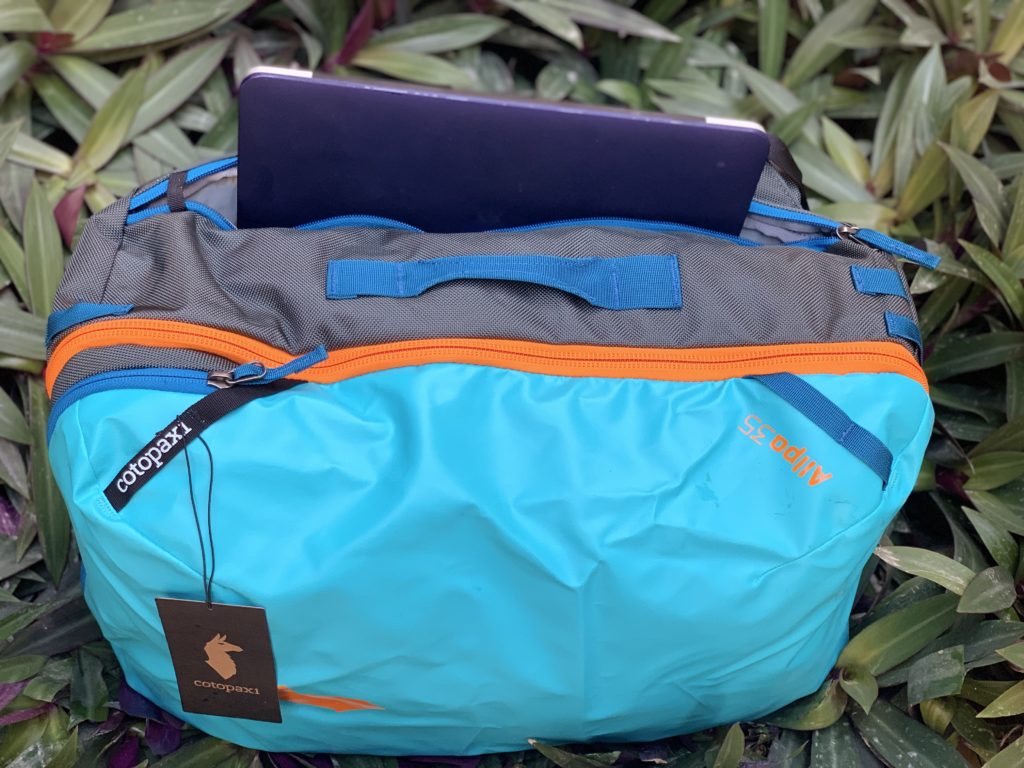
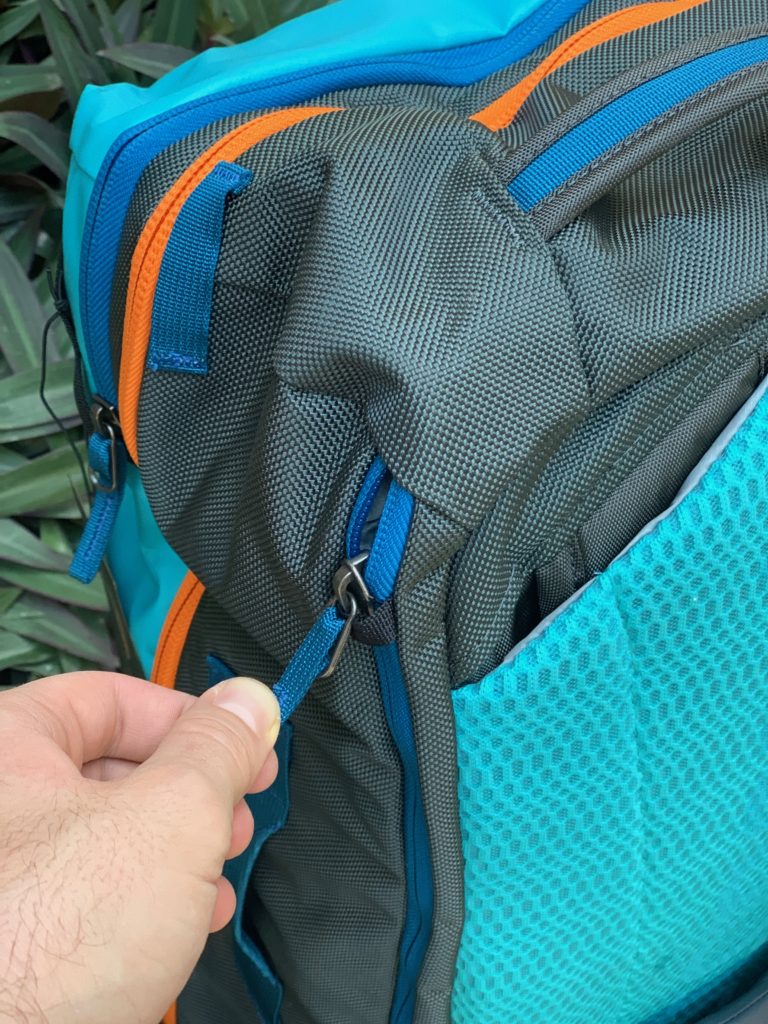
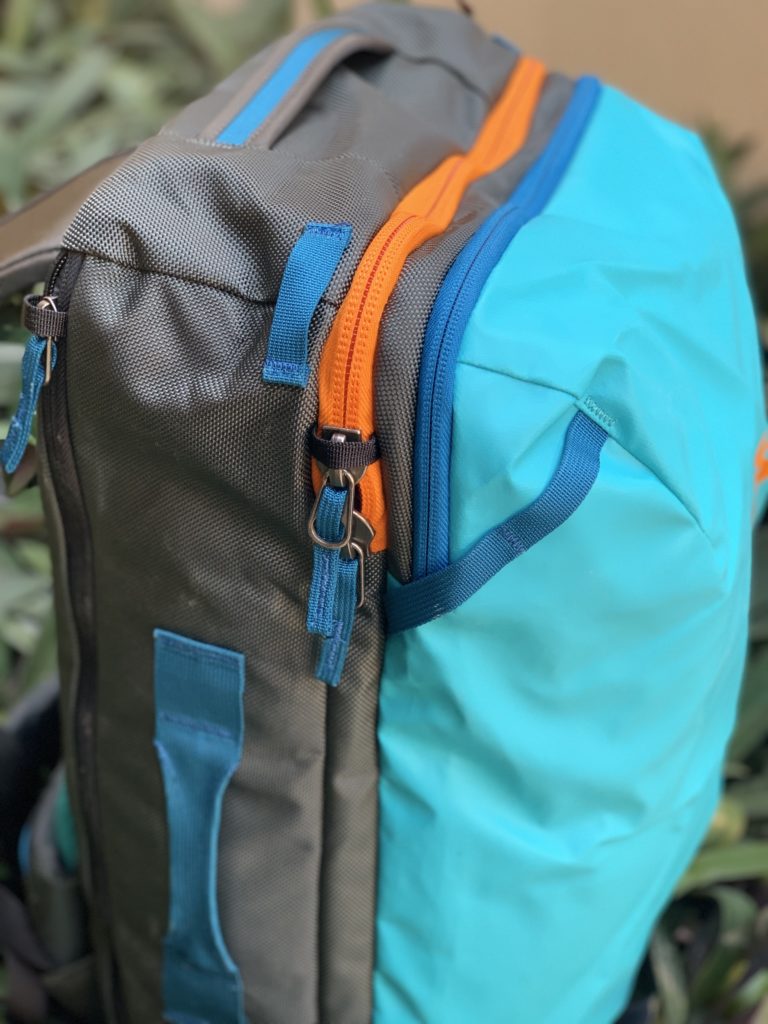
What I Might Change About the Allpa 35L
There’s not much I would change, but here are a couple things to think about:
Rain cover: Technically, this is mostly a “pro,” given that having a rain cover while traveling is so helpful, and the Allpa comes with one automatically. However, I’m curious about whether Cotopaxi considered making this built in, as that is something I could see making it even more convenient. The major benefit of having it built in is that you can’t lose it or forget it. It also wouldn’t take up space in one of the compartments.
And, you don’t have to remember how to fold it. On the other hand, not having it built into the bag itself could be convenient if you’re trying to save every last bit of space and weight possible and don’t need to take it with you.
Waist strap is bulky to tuck away: I found that the straps (mainly the waist straps) don’t tuck away as easily as they should.
As a little bonus tip/”don’t do what I did”: I had a bit of trouble when packing because I packed the big compartment full of clothes, tightened up the compression straps, added a couple other things…then tried to put my laptop in the sleeve, and it wouldn’t zip. I think it’s not so much of a design “con,” but just make sure to watch how you’re packing if you use the compression straps in the main compartment.
Recommended For
Depending on weather, clothing size, and packing style, the Allpa 35L can be easily used for weekend trips or longer, and is spacious enough for a week or more if you’re a light packer in warm weather. Overall, I highly recommend the Allpa 35L Travel Pack for anyone looking for a spacious travel backpack with an organized design that fits carry-on restrictions. Check out the latest prices and more details here.
RECOMMENDED ACCESSORIES
Del Día Dopp Kit // I just picked one of these up recently, and I love how nicely it keeps all my toiletries snugly organized. It fits perfectly in the front pocket of the Allpa 35L.
Agua Bottle // A reusable water bottle is SO handy for traveling and an easy way to cut down on plastic.
There are several options for add-on accessories with the Allpa 35L that include: mesh laundry bag, nylon shoe bag, and water bottle holder that clips onto the outside of the pack. Plus one of the day backpacks below. While I haven’t used the water bottle holder much so far, I love the laundry bag and shoe bag!
Batac 16L Backpack or Luzon 18L Daypack // These are great to roll up and pack in your suitcase so you have a smaller pack for day trips or hikes on a weekend camping trip. I have both and find the Batac 16L to be a great size for my needs.
(Want something even smaller than a daypack? Grab the Bataan Del Día fanny pack!)


